 |
Following thousands of earthquakes beginning in February, the Fagradalsfjall volcano on Iceland’s Reykjanes Peninsula erupted on March 19. Since then, the volcano has been erupting with new fissure vents opening, including a new one over this past weekend. Given the volcano’s accessible location, thousands of people have visited the site and seen the eruption for themselves. Photographer and wildlife conservationist Donal Boyd and director and filmmaker Frank Nieuwenhuis created a short human interest film, ‘Volcano for the People,’ about the incredible natural event and the experience of enjoying it with others.
Nature is often enjoyed in solitude or in small groups. However, the ongoing volcanic eruption in Iceland is attracting hundreds to thousands of people at a time. Enjoying nature has transformed from something enjoyed independently to something enjoyed as a collective experience. The video below touches on that shift and what it means to the people enjoying the spectacle. The video includes breathtaking visuals, including stunning drone shots.
Boyd and Nieuwenhuis also created a behind-the-scenes video, showing how they were able to make the short film above. The duo spent just under a week planning, shooting and editing their video. Isn’t it dangerous to visit an active volcano? The eruption event on the Reykjanes Peninsula is unique. As Iceland was hit with thousands of earthquakes, scientists could track the magma flowing underground until it finally broke through the surface. The eruption occurred in a valley, so there are many safe viewing areas surrounding it. So long as the wind is at your back, blowing away toxic gases from the eruption, it’s safe. The Icelandic Meteorological Office, Icelandic Search and Rescue, and on-site advisors have regularly updated safety protocols so that risks to visitors are minimized. It’s an ever-changing situation, of course, so what was safe during the making of Boyd and Niewenhuis’s video may no longer be safe.
Although the volcano site was accessible, the hike to and from the area was still 2-3 hours. This meant that Boyd and Nieuwenhuis wanted to keep their gear as light as possible, although it’s easier said than done. Since they wanted to record not only the eruption itself but also the people at the site, their bags were essentially packed to the brim. Interview sequences were shot on Sony A7R III, Sony A7R IV and Canon EOS R5 mirrorless cameras with a Sigma 24mm F1.4 Art lens. Distant shots of spectators were captured with a Sigma 135mm F1.8 Art lens or a Sony FE 135mm F1.8 G Master lens. Other lenses used during production included the Canon RF 50mm F1.2 and an older Canon 300mm F2.8 lens for extreme close-ups. Aerial shots were captured using a DJI Mavic Air 2. At times, the lava was so bright that Boyd needed to attach his strongest ND filter to the Mavic Air 2.
Alongside the pair of videos above for Adorama TV, Donal Boyd also wrote an article for Adorama about how to photograph an active volcano. The article includes some background about the volcano, tips on gear and, importantly, safety advice and where to get the latest viewing conditions. In addition to a lot of useful information, Boyd’s article also includes amazing images, so be sure to check it out.
If you’d like to see more from Boyd, follow him on Instagram. More of Niewenhuis’s work can be seen on Instagram and YouTube.
Articles: Digital Photography Review (dpreview.com)
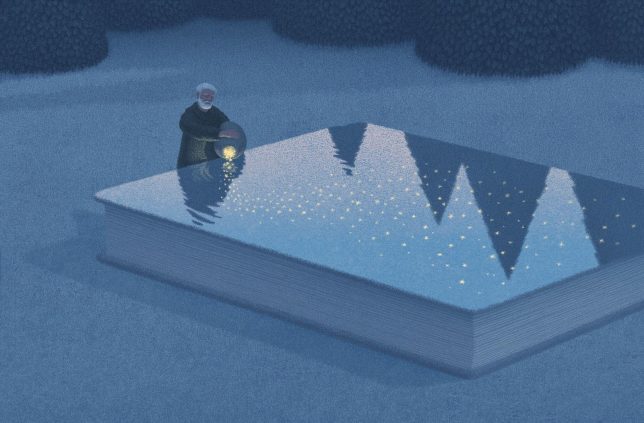
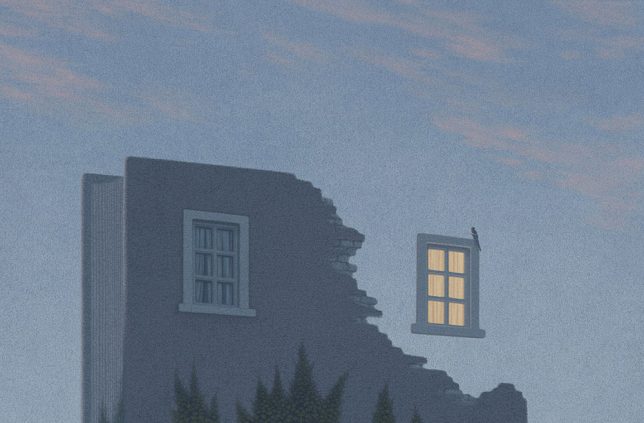


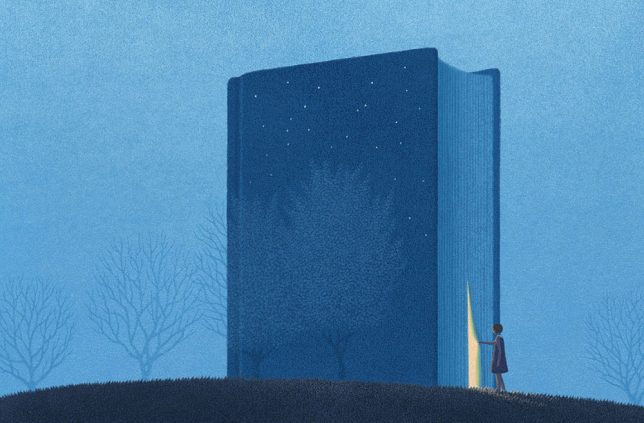
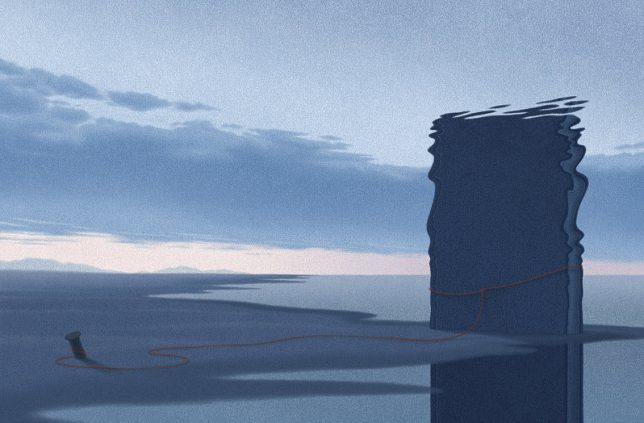
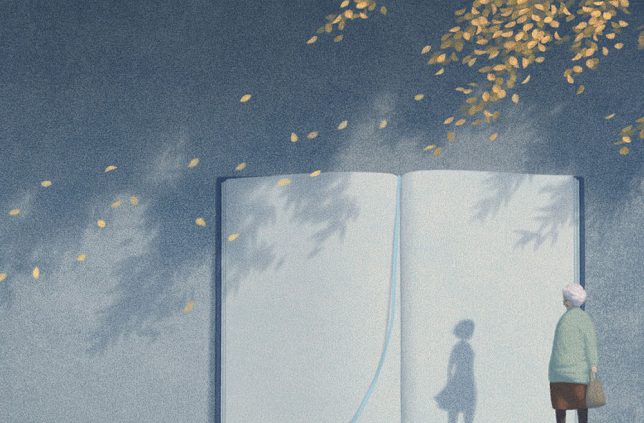
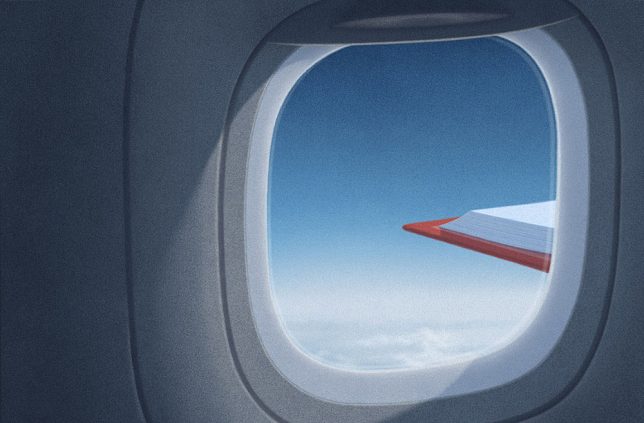

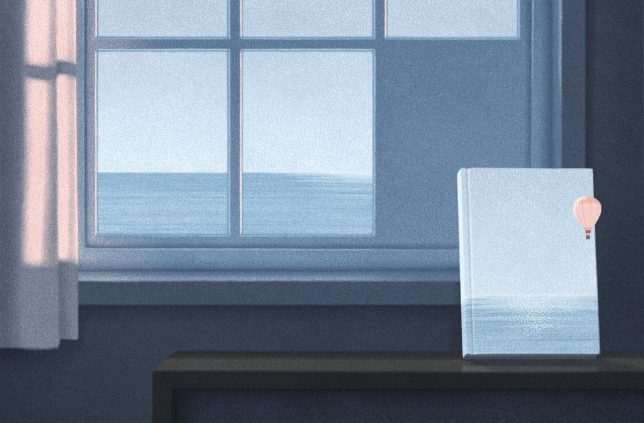
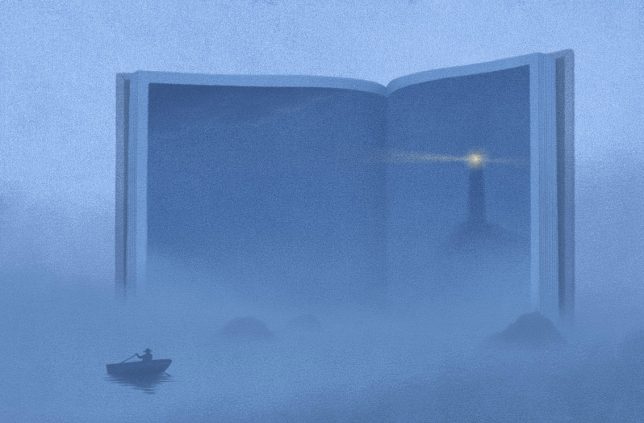
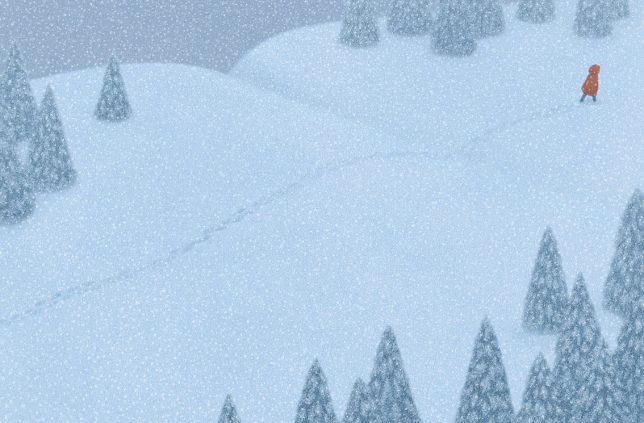
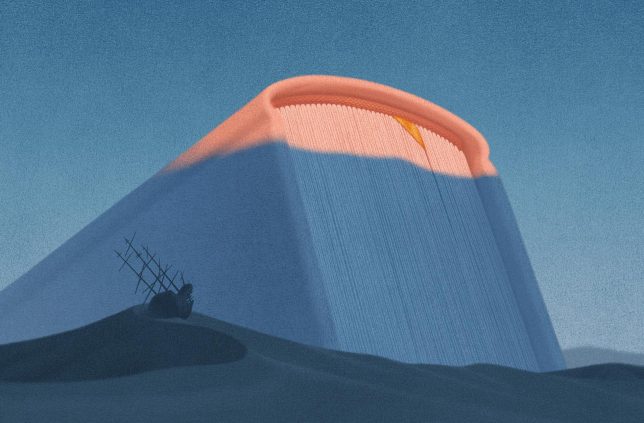





You must be logged in to post a comment.